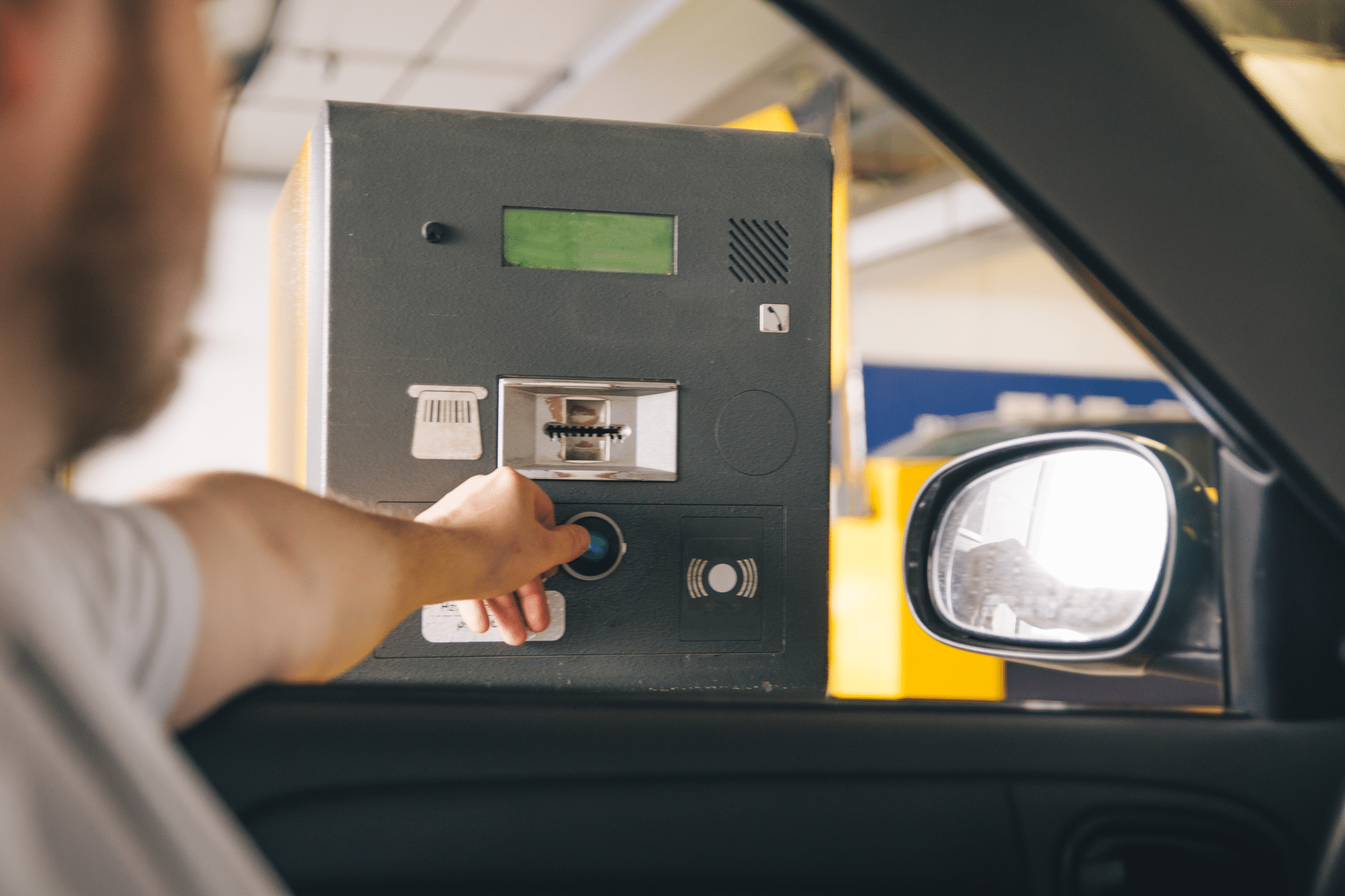What do your customers want? Look at the data—but don’t miss some of the most valuable points.
During the past decade, the parking industry has become extremely data-centric. As parking owners and operators have come to rely more and more on technology to improve the parking experience, they’ve discovered these same tools can provide valuable operational data that can be used to manage parking assets more efficiently and effectively.
PARCS systems, parking guidance, LPR, and mobile payment apps are wonderful management tools that provide important utilization data. Need to know how full your lot or garage is and when it tends to be most full? These technologies can tell you, often in real-time on any device. Want to know what types of parkers are using your garage (i.e., students, staff, or residents)? An automated permitting program tied to your PARCS system can tell you that.
It’s obvious why this type of data is so valuable. Benchmarking is an essential element of any parking management program. If you understand your parking trends, you can make sensible decisions about how to manage your parking programs. It’s why so many parking owners and operators rely on their PARCS and guidance tools for data.
Ask the Customer
If you are focused solely on utilization data, you are only getting half the story—and you may not be getting the most important half. As important as it is to know who is parking in your facilities and when, it’s even more important to know how their experience was. Did they have trouble getting in and out of the garage or lot? Did their payment go smoothly? Did gates and ticket machines work as expected? These are essential issues if you want to earn repeat business from parkers.
The most obvious way to get this information is by surveying customers. Hearing about parkers’ experiences, straight from their own mouths, is the best way to see how they viewed the parking experience. This can be relatively easy to do with permit parkers since you have their contact information already. Likewise, if the customer has set up an account for automatic payment, they may be reachable. By emailing them a short, easy-to-complete questionnaire, you can learn a lot about customers’ experiences and how you can improve your services. If they respond.
That said, it’s harder to get this type of information if you primarily provide services to transient parkers. In these cases, you aren’t likely to have useful contact information and it can be difficult to reach them. Sure, you can put a URL linking to a questionnaire on parking tickets and receipts, but what are the odds your customers will make the effort to go online and answer your questions? For that matter, how likely is it that they will even respond to an email if you do have their address? We are all busy in our day-to-day lives and most of us don’t have time to respond to every request for feedback we receive (and if you’re like me, you get a lot of requests!)
As with utilization data, technology can help provide customer service data. In this case, a customer service platform can provide the information you are looking for.
A customer service platform is a parking-specific database that supports parking operations. It is connected to a facility’s PARCS equipment and can be engaged with the push of a help button when something goes wrong for the parking customer in the lane. Basic systems provide a live audio connection to a trained customer service professional who can help solve parkers’ problems.

Benchmarking is an essential element of any parking management program. If you understand your parking trends, you can make sensible decisions about how to manage your parking programs.
Customer Service Data
Customer service platforms document every aspect of every call, so they also provide data about how many calls were made on a given day, week, or month—really any period of time. The technology also analyzes the nature of each call. For instance, owners and operators can monitor how many entry/exit issues, ghost calls (accidental calls caused by drivers pushing the wrong button), invalid validations or permits, credit card payment issues, invalid tickets (obtained by the driver upon entering the facility), or any other issues there are.
This is important information parking owners and operators can use to improve their operations, customer service, and most importantly, profitability. For instance, if there is an excessive number of invalid tickets, that could be an indication that the PARCS equipment located at the entrance is malfunctioning and needs to be repaired or replaced. The same conclusion might be drawn if there is an unusually high number of credit card payment issues. Or, if there are too many invalid validations or permits, it could indicate that the permit readers are malfunctioning or that the equipment that creates the permits themselves is. No matter what types of problems arise, the data collected by the system can help diagnose the issues and help parking administrators address them more efficiently and cost-effectively.
In essence, the data collection elements of a customer service platform serve as a direct link to the customer experience. They let owners and operators know if something went wrong during the parking experience and exactly what the problem was. These systems also allow owners and operators to determine if problems were one-time issues or an indication of an ongoing equipment or operational failure. And as with most technological data collection tools, the information can be accessed in real-time, at any time.
Get the Whole Story
Parking owners and operators have come to rely on the operational data that’s provided by their various parking technology tools. But if they are only accessing operational data, they may be missing the most important information—the exceptions occurring in their facilities. Customer service data is essential to understanding the customer experience they are offering. A customer service platform can provide that data, letting owners and operators know whether their operations have issues, and providing the vital first step to understanding how to fix them. ◆




